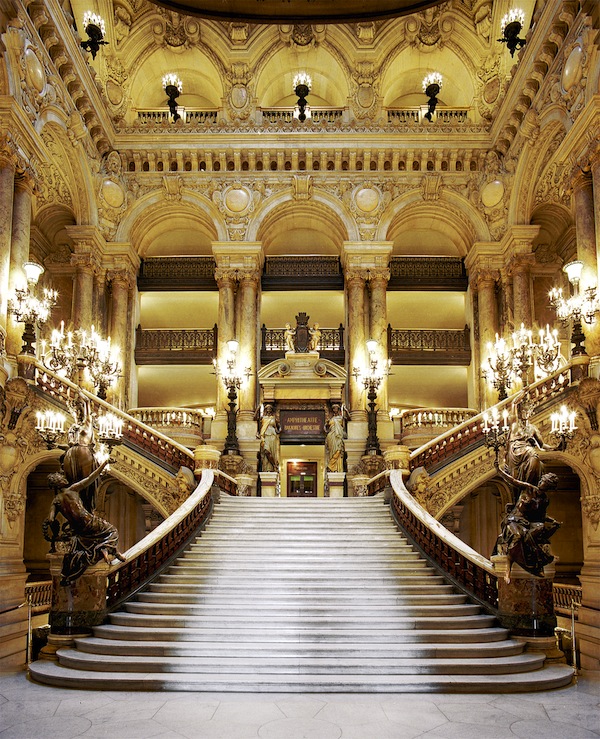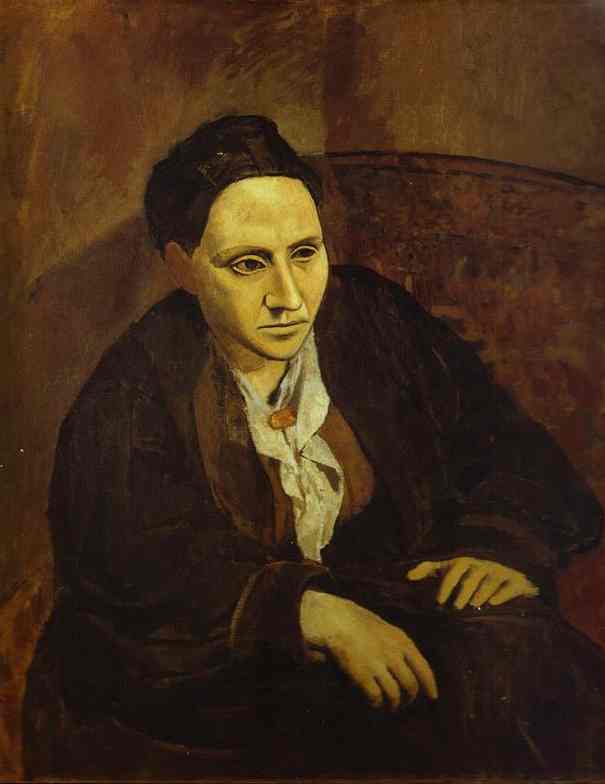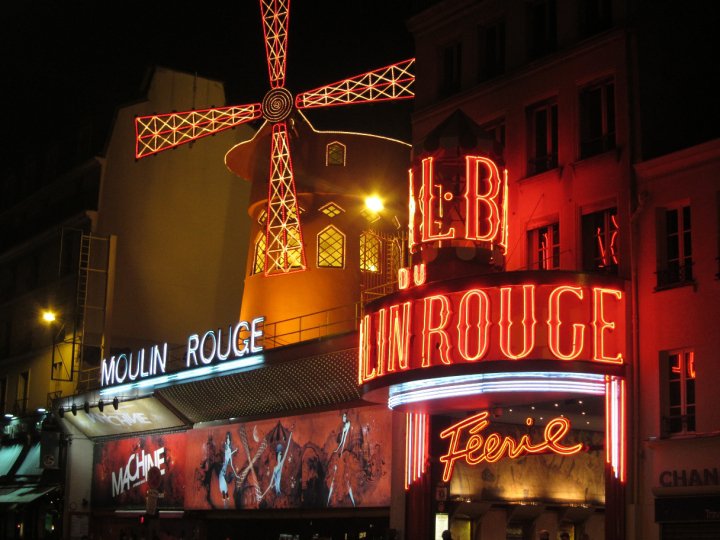
In 1858, when Emperor Napoleon III decided to visit the old opera house of Paris, an assassination plot was uncovered as bombs exploded near the opera house. The devastation of the attempt left the old opera house in desperate need of repair. Yet from the ashes of this tragedy emerged a breathtaking architectural sculpture designed by Charles Garnier.
Determined to see the operas performed in a building that would personify Parisian art and culture, Napoleon III commissioned a grander and more stunning opera house. An architectural competition was held and of 171 applicants, the chosen winner was Charles Garnier, a young upstart far from the architectural powerhouse he became after the Palais’s construction.
As construction began in 1862, the discovery of a hidden lake not only suspended the development process, but cemented the Palace Garnier’s legendary persona as the setting place for Gaston Leroux’s novel and Andrew Lloyd Webber’s musical, The Phantom of the Opera. Even today, the lake still exists beneath the Palais Garnier’s impressive frame.
The result of Garnier’s genius is a building that met Napoleon III’s strict criteria for its magnificence. A spectacular pearl set in the heart of Paris, the Palais Garnier’s interior is an absolute marvel, complete with its legendary grand staircase and ornate ceiling. Opened officially in 1875, the Palais Garnier stopped housing the stunning operas that graced its impressive stage once the Bastille Opéra opened in 1989. Yet, what draws visitors to this stunning representation of Garnier’s mastery are not only the ballets that occasionally perform on the building’s stage, but also the location, the breathtaking design and the lure of the phantom legend that flows beneath the Palais Garnier’s stellar foundation. –Nicole Ellul
Palais Garnier
Place de l’Opéra
75002 Paris, France
0892 89 90 90
Image ©Christian Leiber/ONP
 MUSEYON BOOKS Smart City Guides for Travel, History, Art and Film Lovers
MUSEYON BOOKS Smart City Guides for Travel, History, Art and Film Lovers

